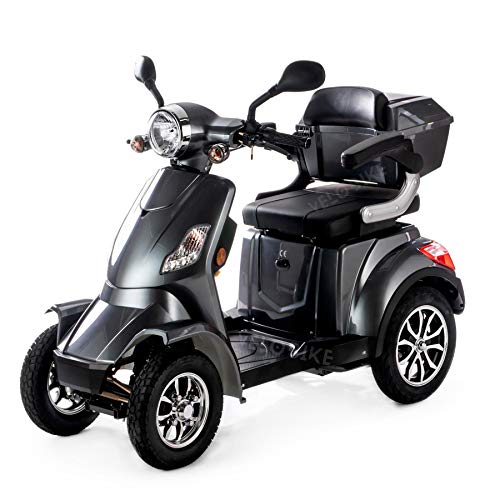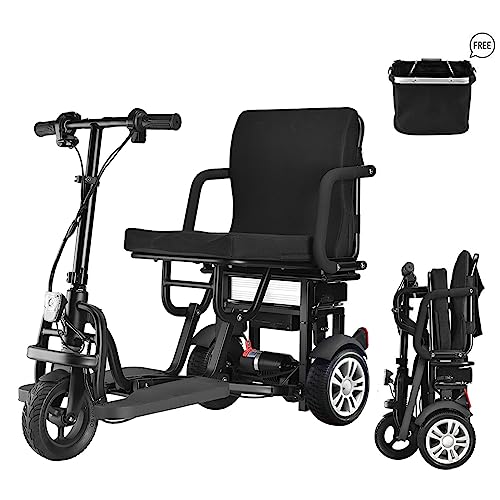What To Look For In The Machine Coffee To Be Right For You
페이지 정보

본문
 What Goes On Inside a Machine Coffee Maker?
What Goes On Inside a Machine Coffee Maker?Enjoying a cup of coffee at home is easy thanks to the use of a coffee maker. Many of the most well-known models come with a programmed clock, and www.4182051.xyz even a built in grinder.
 Sensors control the heating element that is circling around a warming plate when you turn on the power. It also has a water tube made of aluminum that flows through it.
Sensors control the heating element that is circling around a warming plate when you turn on the power. It also has a water tube made of aluminum that flows through it.Cold-Water Tube
A machine coffeemaker takes the water that you pour into it and transforms it into coffee. It does this by boiling the water before passing it through a system that generates high pressure to push it through a capsule of ground or soluble material. These machines use up to 15 bars of pressure, as opposed to coffee percolators that run at a mere one bar.
There is a reservoir in the bottom of your machine. It looks like a bucket. It holds the water that is used to make your drink. This reservoir has a hole at the bottom. It connects to the tube in the heating element on one end and to an insulated tube running from the bottom of your machine to the tap on the other.
When you switch on your machine, the water inside the reservoir flows to the heating chamber and the thermostat signals it to warm up. As the water warms up it expands and presses on a screen that is under a portafilter that has been filled with coffee and tamped down. This pressure causes the screen to pierce through the filter, allowing the espresso to flow into your mug.
The espresso that comes from your machine is a rich and flavorful beverage. It can have varying levels of acidity, depending on the kind of beans you select. If you notice that your espresso has an unpleasant taste Try switching to a different filter paper or a more coarsely ground coffee. If the problem persists, you should schedule an authorized service technician for a de-liming cycle to clean out your machine. The most commonly cited cause for this problem is lime scale.
Hot-Water Tube
The white tube insulated in the bottom of your coffee machine is known as the hot-water tube. It carries hot water from the heating unit to the faucet that is on the top of your coffee maker. The water is infused into the coffee grounds, bringing the flavors down to your waiting pot of coffee.
Some coffee makers come with the ability to keep the water warm, so that it's ready when you get up. This is done by using a heater that creates a small amount steam. The steam is then directed into the spout, which keeps your coffee warm until capable of pouring it.
Although it may appear that a coffee machine is complex and expensive, the majority of models are easy to use and have very few moving parts. A regular maintenance and cleaning routine will keep your machine in top condition for years to come.
A majority of coffee machines have a built-in grinder for coffee that allows you to grind the coffee to the portafilter, secure it in position, and then turn on the switch to begin coffee brewing. The pump will pressurize the hot water until it reaches 220 psi pressure when the switch is turned.
The requirement to refill the reservoir is one of the most frustrating aspects of making coffee. Certain manufacturers have developed coffee machines that can connect directly to the water line. This allows you to bypass the reservoir. If you're a DIYer there are kits that can convert any machine into an espresso maker that has water line connections. This process is a little more complex and 4182051.xyz requires drilling holes in your machine to accommodate an adapter. This could weaken the coffee maker's structure and lead to cracks around the drilled areas. For the best results, it's recommended to purchase a coffee maker that is designed specifically to accommodate direct water lines.
Resistive Heat Element
The heater is a piece metal that exhibits a particular type of resistance to electricity. It resists the flow of current without stopping it completely, and a portion of the energy is transformed into heat. This is what warms the water inside the boiler of your coffee maker.
The heating element is located on the left side of the base of your machine and it looks like an ordinary light bulb filament or the element in your electric toaster. It is composed of an aluminum extrusion in two sections, with a tube that allows water to flow through and a resistive element. (Watch video here). The resistance in the coiled wire causes it to heat up when it gets electricity.
When you turn on your coffee maker, the device is heating the aluminum water tube to that it is boiling. The bubbles will rise up through the white tube and then be sprayed onto your coffee grounds using the shower head. The water sprayed gets the essential oil of the ground coffee beans while it travels down, and also has caffeine.
If your coffee maker isn't releasing hot water, it's most likely because the heating element or pressure switch thermostat is defective. Both of these can be checked with a multi meter by using the continuity test. Connect one of the poles to the electrical connector and the second to the body of the flange. It should display a value below 1. If the reading is not there, then you will need to replace the thermostat or switch.
The reservoir or water pump is another component of your machine that may cause issues. It can become clogged with lime, and you'll require running water and descaling agents through it.
Warming Plate
A warming plate is an heated metal surface that keeps the coffee warm after it has been prepared. This feature is very popular with diner coffee drinkers and 4182051.xyz; https://www.4182051.xyz/Kz9-Vkzk23Y-5x9rv-la978Vm-epxw025-1551/, can be a useful addition to a home kitchen. The warming plate can rust and ruin the taste and taste, which is why it is essential to clean it frequently. Cleaning a coffee maker's heating surface is best done with a mixture of oxalic and water.
Oxalic acid is used as powerful cleaner to eliminate the rust that has built up on sinks, pipes and gas stove burners. It can also be used for cleaning many other household items. It is an extremely effective method of cleaning the rusty warming plate of your coffee maker, and is available from many hardware stores. You should always be careful when using this product since it can cause burns and other injuries if handled properly.
If you want to clean a rusted coffee maker heating plate, first make sure the coffee maker has been unplugged. This will prevent any possible damage caused by the heat of the cleaning products. Rubber gloves are also recommended, since oxalic acid can be harsh on the skin.
Next then, sprinkle some white vinegar over the rusty part of the coffee maker heating plate. This will cause chemical reactions and dissolve the rust. Then, use brushes or rags to scrub the area until it's clean. It is possible to repeat this process several times if your coffee maker is severely rusted. Be sure to wait until the oxalic acids have completely evaporated before plugging your coffee maker back in.
Aluminum Water Tube
When you switch on your machine, it'll begin making the coffee for you. It may appear simple however, it takes a lot to transform just a few spoonfuls of grounds of coffee and hot water into a steaming hot beverage.
First of all, the cold water goes in through an opening in the bottom of your reservoir and into the aluminum tube beneath the resistive heating element. The aluminum water tube begins to heat up and when it is at its boiling point, bubbles start to form that push the water partway into the white tube that is in the center of your coffee maker.
The hot water squirts out from the top of the tube and transforms into an elongated disc, also called the shower head. (Or basket in some machines). Here, the hot water is sprayed on the coffee grounds, taking in its oil-based essence.
The water flows through the coffee and then through the filter back up into your pot. The pump's oscillating force is responsible for this. The contraction and expansion of the bubble boundaries exerts a shearing force that extracts the coffee particles from the water, www.4182051.xyz - www.4182051.xyz, leaving a strong espresso-like beverage left behind.
It is crucial to keep in mind that your machine relies on a myriad of components, all of which are interconnected. Any of these components that fail to function properly could impact the entire process, so if you notice any strange noises or vibrations while your machine is operating, check for loose parts. The loose parts can cause noise and may weaken connections, which could cause additional issues.
- 이전글The Most Underrated Companies To Follow In The Car Locksmith Industry 24.09.27
- 다음글What's The Current Job Market For Mesothelioma Attorney Professionals Like? 24.09.27
댓글목록
등록된 댓글이 없습니다.
